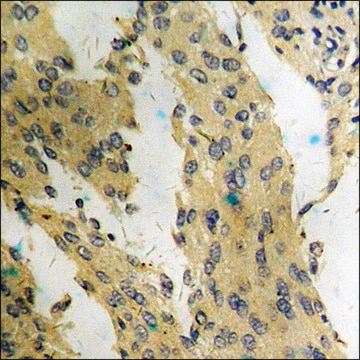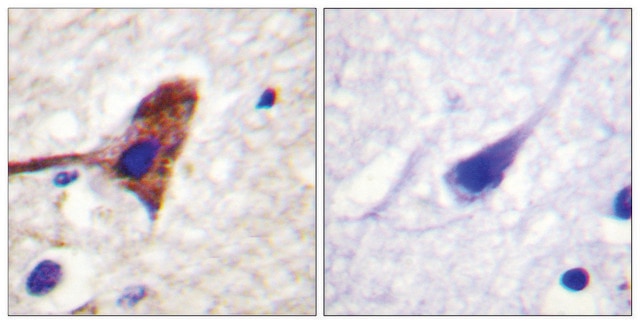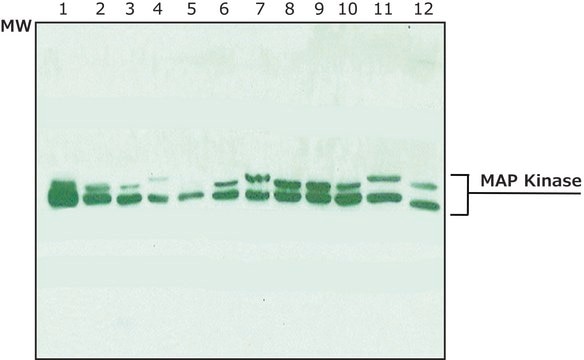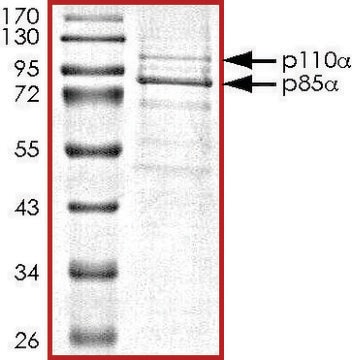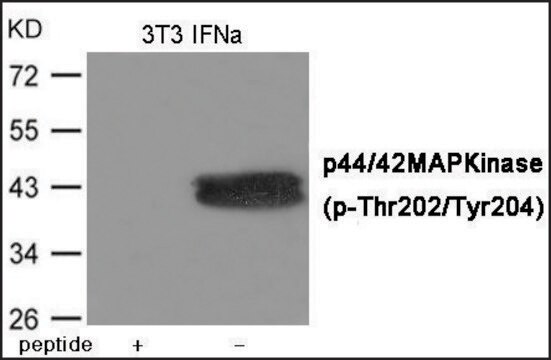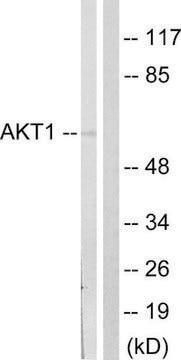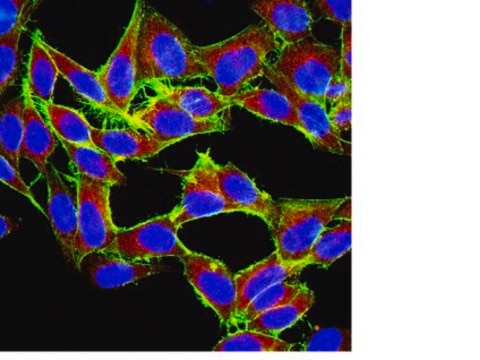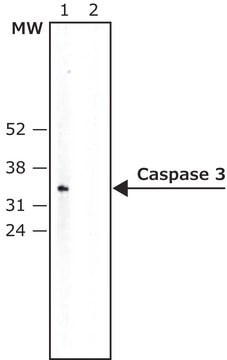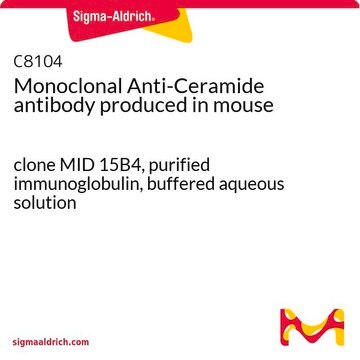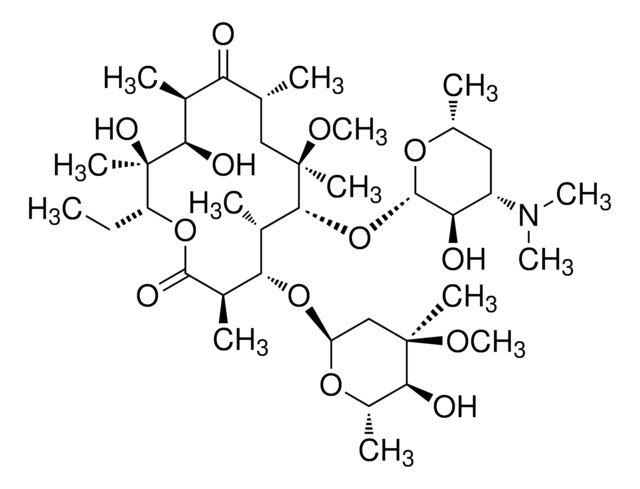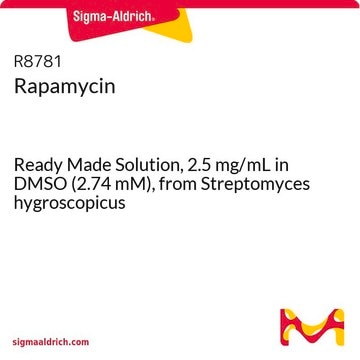T2949
Anti-mTOR antibody produced in rabbit
1.0-1.5 mg/mL, affinity isolated antibody, buffered aqueous solution
Synonym(s):
Anti-FKBP-12 rapamycin associated protein, Anti-FRAP, Anti-RAFT, Anti-SEP
About This Item
Recommended Products
biological source
rabbit
Quality Level
conjugate
unconjugated
antibody form
affinity isolated antibody
antibody product type
primary antibodies
clone
polyclonal
form
buffered aqueous solution
mol wt
antigen 289 kDa
species reactivity
rat, human, mouse
concentration
1.0-1.5 mg/mL
technique(s)
immunoprecipitation (IP): 1.0-1.5 μg using 300 μg RIPA extract of human transformed kidney HEK 293T cells
microarray: suitable
western blot: 1:2,000 using whole extracts of rat brain tissue
western blot: 1:500 using mouse brain tissue
shipped in
dry ice
storage temp.
−20°C
target post-translational modification
unmodified
Gene Information
human ... FRAP1(2475)
mouse ... Frap1(56717)
rat ... Frap1(56718)
General description
Specificity
Immunogen
Application
Western Blotting (1 paper)
Physical form
Disclaimer
Not finding the right product?
Try our Product Selector Tool.
recommended
Storage Class
10 - Combustible liquids
wgk_germany
WGK 3
flash_point_f
Not applicable
flash_point_c
Not applicable
Certificates of Analysis (COA)
Search for Certificates of Analysis (COA) by entering the products Lot/Batch Number. Lot and Batch Numbers can be found on a product’s label following the words ‘Lot’ or ‘Batch’.
Already Own This Product?
Find documentation for the products that you have recently purchased in the Document Library.
Customers Also Viewed
Articles
We present an article about how proliferating cells require the biosynthesis of structural components for biomass production and for genomic replication.
Cancer stem cell media, spheroid plates and cancer stem cell markers to culture and characterize CSC populations.
Our team of scientists has experience in all areas of research including Life Science, Material Science, Chemical Synthesis, Chromatography, Analytical and many others.
Contact Technical Service